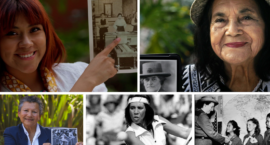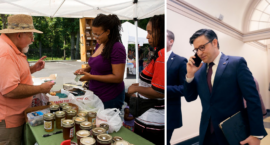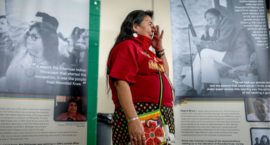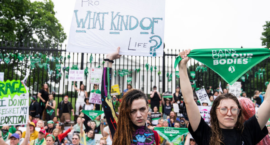On Dec. 5, the Supreme Court will hear Moore v. United States, which could dramatically limit the government’s ability to raise revenue for critical priorities, including childcare, disability care, affordable housing and paid leave. It could also widen an already gaping wealth gap for women and people of color, particularly single Black women and Latinas.
The case is being brought by Charles and Kathleen Moore, who own a small stake in an Indian manufacturing firm. Due to a provision in the 2017 Trump tax law, the couple was directed to pay a one-time tax of $15,000 on the profits of their investments. Rather than do so, they are challenging the law. Unless you’re a tax lawyer, this technical legal question may not only seem dry, but also irrelevant. So why should women care about this case?Even a narrow ruling in favor of the Moores could upend our existing tax code.












